This week has seen me purchase, in my opinion, one of the most useful pieces of equipment any livestock farmer can possess – a cattle weighing scales. With installation complete, and tested with myself standing on it, reading a weight of... I’ll keep that information to myself.
The first two animals weighed on it were in the extreme to say the least. The first was a 21-month-old Blonde d’Aquataine bull, weighing 920kg and the second was a Simmental calf born by caesarean section, weighing 75kg.
Regularly keeping track of the weight of different stock is very important and will form the basis of crucial management decisions down the road. Knowing the weight of young, breeding heifers is particularly important, with regard to hitting the correct weights at the correct age. In order to have heifers calving at two years of age, I strive to hit two key weight targets – 60% of mature bodyweight at mating and 90% at calving. For a 600kg cow at mature bodyweight, this equals 360kg at mating and 540kg at calving.
I will weigh young stock throughout the year. The suckler cows are calving and calves are being weighed as soon as possible following birth. I will weigh these at various intervals before turnout and when they return to the cattle crush for dosing or injecting. This will form part of the decision when it come to selecting cows for culling, as the potential of the calf to grow and develop, not only depends on its birth weight, but also on the capability of the cow to produce milk to nourish the calf through to weaning and grow to the optimum weaning weight.
As all Friesian bulls and clean-up bulls and heifers from the dairy herd are finished to slaughter, I am anxious to monitor daily liveweight gain, in order to optimise the finishing of these animals. The quality of the cattle year-on-year will, of course, vary, but it is also important to assess the quality of the concentrates which cattle are being fed, particularly in an ad-lib feeding system. Assessing daily liveweight gain of similar batches of cattle with different concentrates from different meal companies will allow a decision on which particular blend suits the system.
When selling stock, cattle will also be weighed as there will be no nasty surprises at the mart and a decision on the minimum price to be accepted can be made. This is important as, on many occasions, there have been frantic calculations, based on the animal’s weight, before making the decision to put the animal on the market or take it back home.
A weighing scales is an important piece of equipment, and one which farmers should seriously consider purchasing and using.






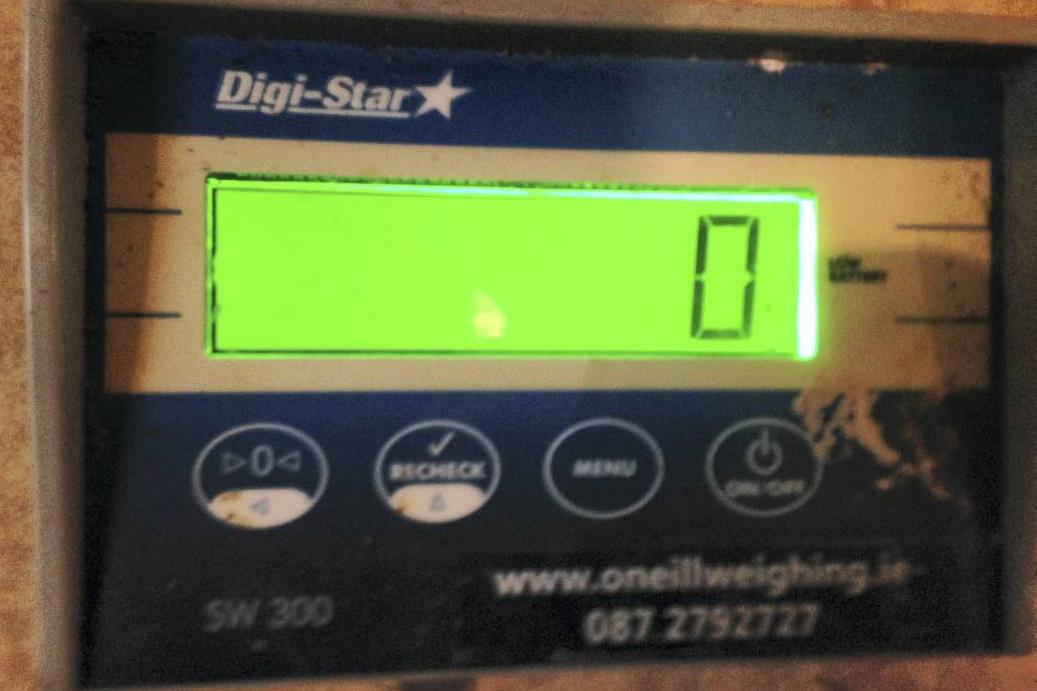
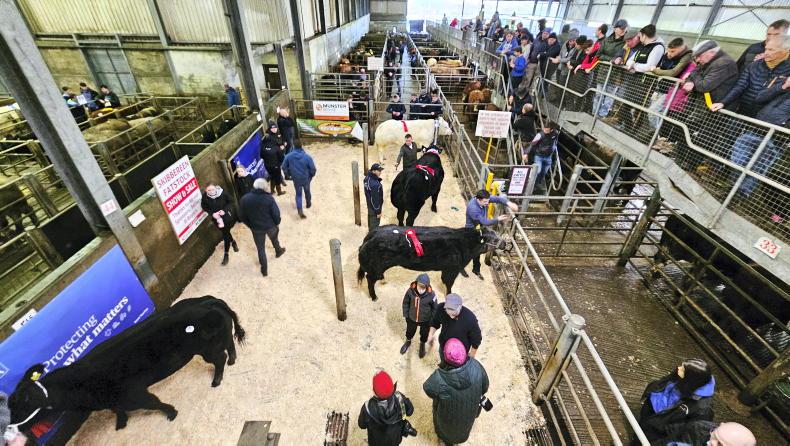
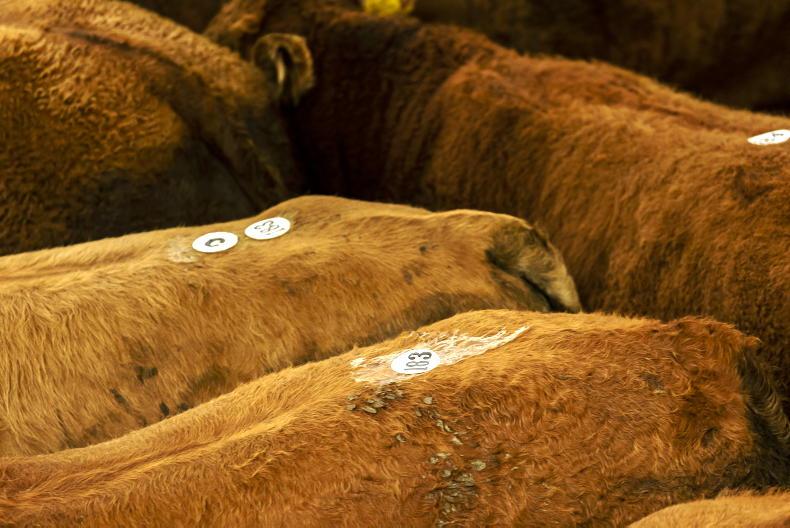
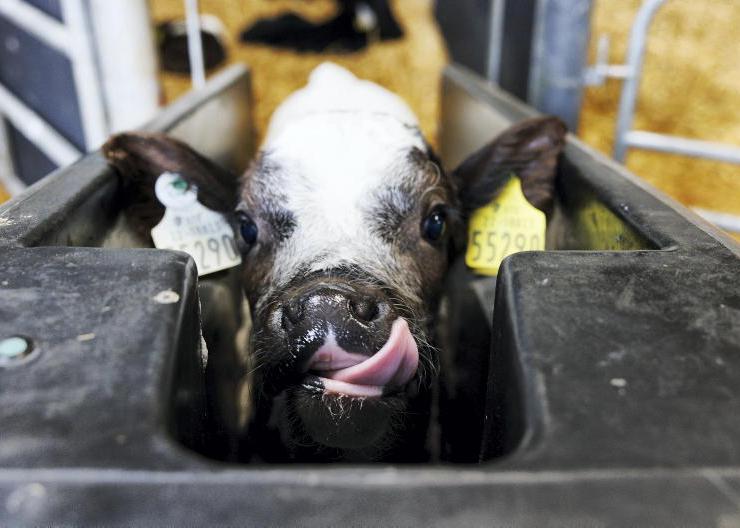
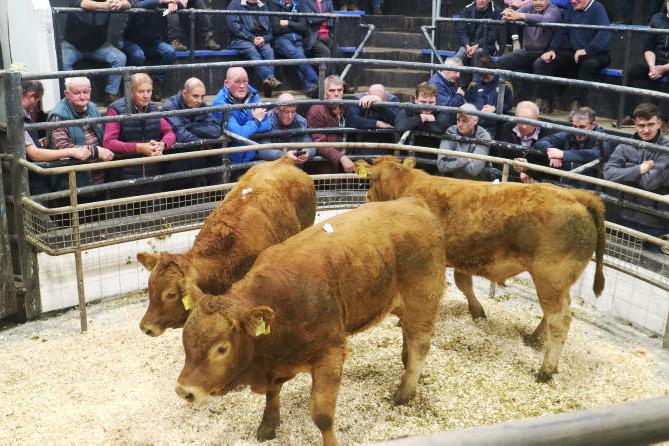
SHARING OPTIONS